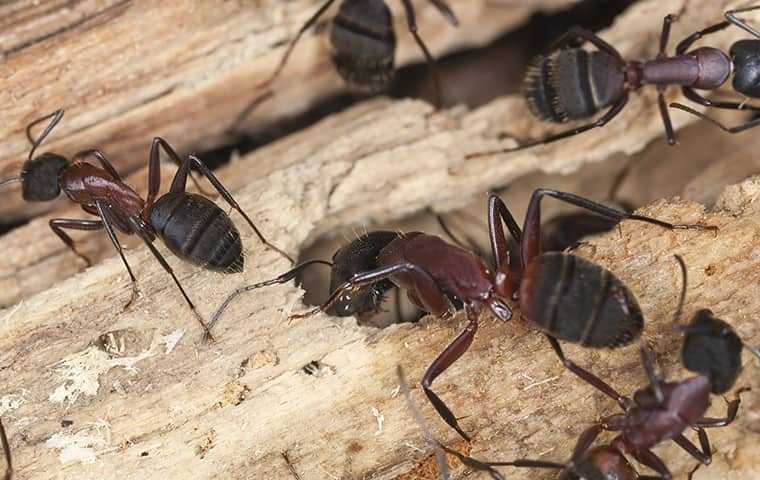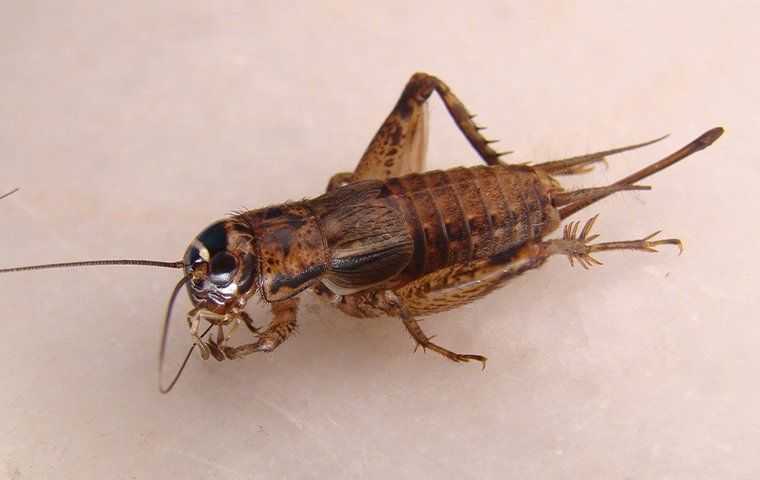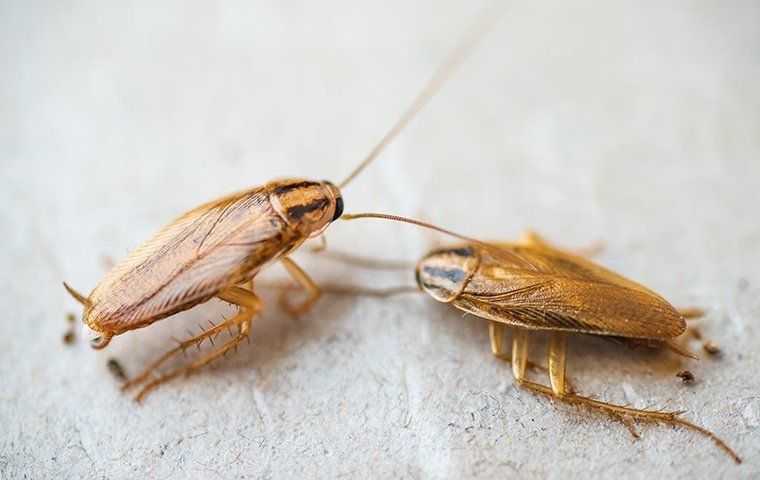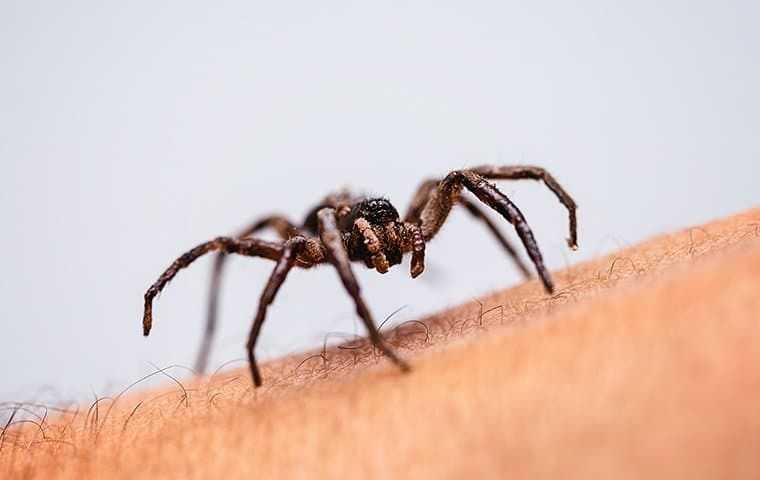Is That Carpenter Ant Damage?

The truth is, carpenter ant damage doesn't typically look like anything at all. Most of the damage these destructive insects do is located inside the wood of your home or the wooden structures on your property, out of sight. But every once in a while, under the right conditions, they cause damage that can be seen. And when they do, it is important to recognize it.
Where To Look For Carpenter Ant Damage
If you want to see the damage done by these insects, you’ll first need to know where to look. Carpenter ant damage will usually be found in the damp, hidden locations around your property. The area underneath a deck or porch is an ideal spot for these wood-destroying pests as are wooden structures that have lots of plants around them.
Most of the places carpenter ants do external damage are in dark places. This is because carpenter ants prefer the dark and are mostly nocturnal. We say "mostly" because they can be active during the day if they find a nice dark location such as a crawl space under a home, a void underneath an external staircase, or a space underneath a shed to invade. These dark locations all make the perfect places for carpenter ants to remain active during the day.
Moisture also plays a part in where these pests choose to invade and create their nests. If carpenter ants explore the outside of your home at night and find a nice, rotted section of wood, they are likely to take advantage of it. If they do, that wood will look like something has been chewing it. To determine whether those damages were caused by carpenter ants or some other wood-destroying pests, there are a few things you should look for:
- Carpenter ants do not create circular holes in the wood they invade. If you're seeing holes like this, you're dealing with carpenter bees, not carpenter ants.
- Carpenter ants do not bring soil into their tunnels. If you see tunnels or trenches that have soil stuck to the inside of them, you're probably looking at subterranean termite damage. Carpenter ant tunnels will look smooth and free of debris as if they had been sanded down by a carpenter. That may be one of the reasons they’re called carpenter ants.
- Carpenter ants prefer softwood, but they will also chew on hardwood. For this reason, the damage they do can cross over the grain of the wood. Subterranean termites don't generally cross over the grain, preferring to stay in that softwood grain.
- Carpenter ants don't consume the wood they invade, they only chew galleries into it. That means they have to do something with all the sawdust they produce as they tunnel through the wood. The sawdust created by carpenter ants is called frass and often piles up underneath gaps, cracks, and other openings in walls. It is a fine sawdust-like material, so you may also find it clinging to a wall under kick-out holes.
- This may seem quite obvious, but seeing carpenter ants crawling around on a section of damaged wood is another helpful sign that it is carpenter ant damage. Termites stay inside the wood they feed on or they create shelter tubes made out of moist soil to travel through. So you aren’t going to see worker termites unless you cut into a section of wood they are feeding on and expose them.
These are helpful characteristics to look for when determining which pest is eating away at your equity. But, as we said before, carpenter ants don't usually give themselves away. Sometimes, the damage they create is completely hidden and the frass they produce is pushed out into wall voids where you can’t see it. If that’s the case, those damages can go on for years, completely undetected. That is bad news for your home investment!
When it comes to dealing with carpenter ant infestations, the best solution is an ongoing pest control service that includes carpenter ant control. Every home should have a pest plan! Pests can bite, sting, and transmit harmful viruses and diseases that can sometimes be severe and require hospitalization. In rare cases, they can be fatal or lead to lifelong health complications. When you protect your home from these dangerous pests, it is only logical to bundle protection from carpenter ants, termites, and other wood-destroying insects as well! This is one of the biggest reasons we always suggest a pest control program rather than a one-time fix.
If you live in our extensive service area of Indiana, Illinois, Kentucky, and portions of the surrounding states, take a look at the residential pest control plans Action Pest Control has to offer, and get your pest protection in place today!

What Action Pest Control Customers Are Saying
Action is trusted by over 23,000 happy customers, see what our customers are saying!

“ Your PEST CONTROL deserves a ten star rating!!!!!”

“ I wanted to tell you that we really enjoy having Jason as our technician. He is polite, professional and easy to talk to about any issues or concerns. Please give him a pat on the back from us for his good work. Thanks very much.”

“ Derek is always cooperative, enthusiastic, and professional. Excellent service whether I am home or not.”
Schedule Your Free Inspection
Complete the form below to schedule your no obligation inspection.









